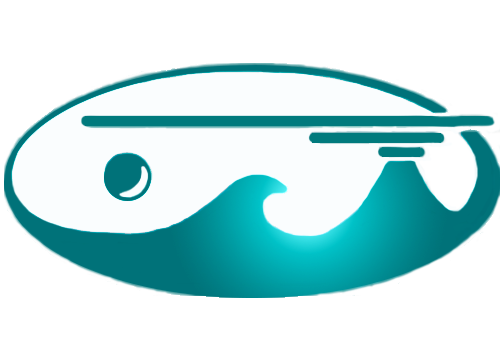How To Use the Web Map
About the map
This map contains data points for the location where each geological sample in our archive was collected. You may wish to click to open the map in a new tab link in order to utilize a larger work area and the live position widget as you drag across the map.
On either display, click on a point to view the interactive popup window and then the > button to display basic information about a sample, including its location within the archive facility. Note that for dredges, they are contained in a series of five-gallon plastic buckets and there can be numerous buckets per dredge. The buckets for a single dredge and others from its cruise will in most cases be located in close proximity within the facility. Click on the < and > buttons to advance through the buckets for that one dredge.
Click “more info” to be directed to the NOAA Index to Marine and Lacustrine Geological Samples (IMLGS) page for the sample, where brief descriptions, representative photographs, links to cruise data/tracklines, and analyses can be found.
If you want to come back to that sample later, you can add a marker to the map by clicking the “hamburger” icon (three dots) at the bottom left or right of the basic info page and choose “add a marker”. In this same menu, choose “View in Attribute Table” to see metadata that is not included in the popup, such as latitude and longitude.
The metadata for all samples are listed in the “Attribute Table”. To view the Attribute Table, click on the round table symbol on either the bottom left or right of the map.
Tools and Features
Legend
The data points are color coded by the year collected. Click the “Legend” symbol on the far left to view the legend.
Filter
Use the filter tool (second symbol from the left) to leave only samples that meet your search criteria on the map for viewing. There are two search modes: General Search and Specific Search.
Query
Query creates a new layer in the map displaying the features that meet your search criteria (spyglass icon). The same as the Filter tool, there are two search modes: General Search and Specific Search.
To View Results, the results of your query will display in the “Results” tab within the Query menu. Here you can click on a sample to view the information in the popup menu without having to find the symbol on the map. In the hamburger menu (three dots on right side) you can choose “Pan to”, “Zoom to”, or “flash” to bring selected points into view.
To Export Results, Query results can be exported in different formats:
*Note: You can create multiple query results in one session and view the results separately by selecting the dropdown menu. If you close or refresh your browser, your session will be ended and any results lost. You can remove unwanted results from this menu by selecting “remove this result” from the hamburger menu. The name will be generic for all queries created, either: “General Query_Query result” or “Specific Sample Query_Query result” depending on which query option you use. So, be sure to double-check which result you are removing if you have multiple queries open. [This feature still has some bugs. If you are having trouble, try using a different internet browser, we recommend Google Chrome.]
Measurement
This helpful tool will allow you to measure any area or distance on the map. Select the “measurement” tool (the ruler).
Select
The “Select” too will allow you to select a group of sample points (icon with arrow, far right). The selected points will then be highlighted in the “Attributes Table”. The highlighted points can then be exported to a CSV file under the “Options” menu.


